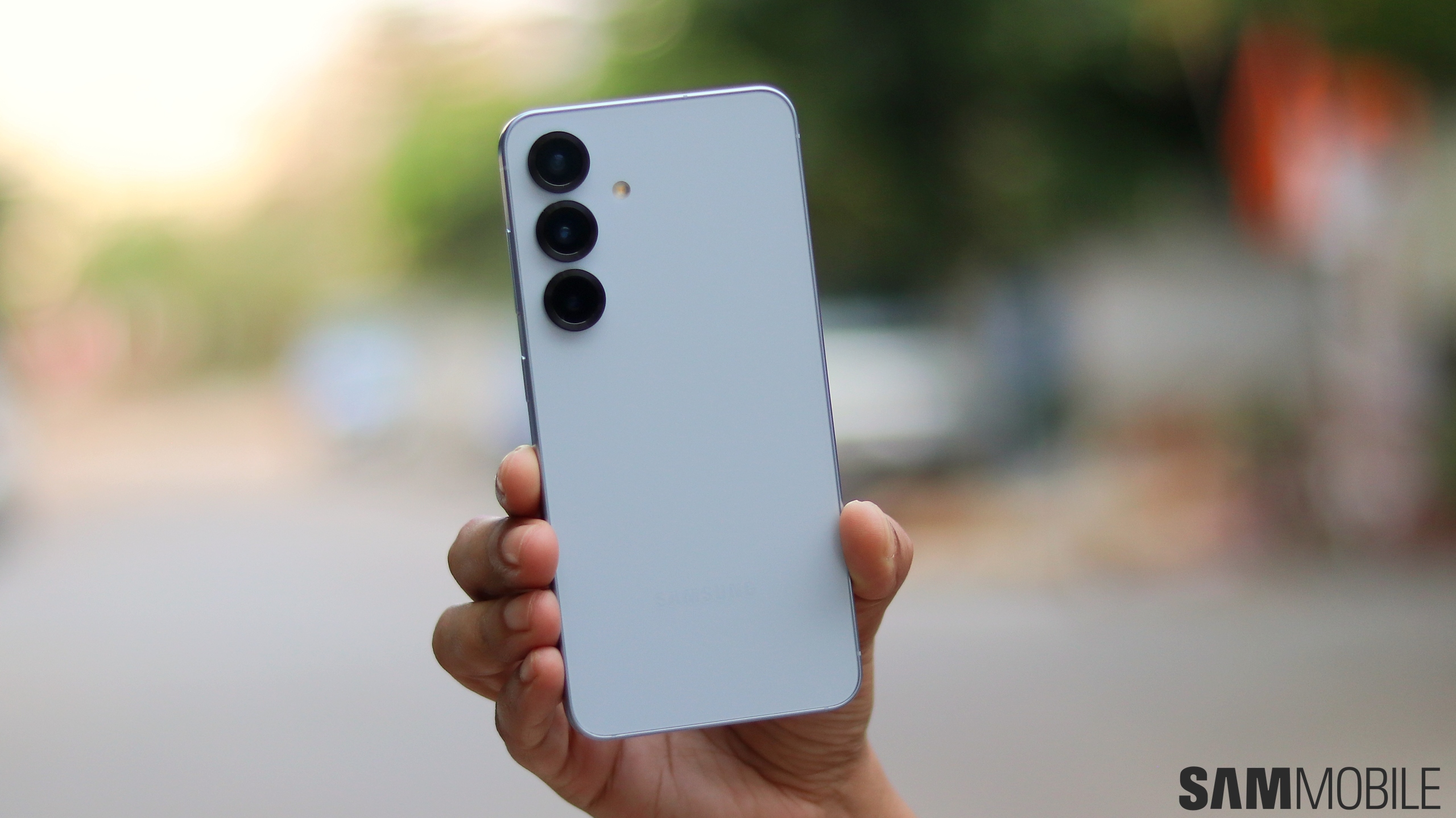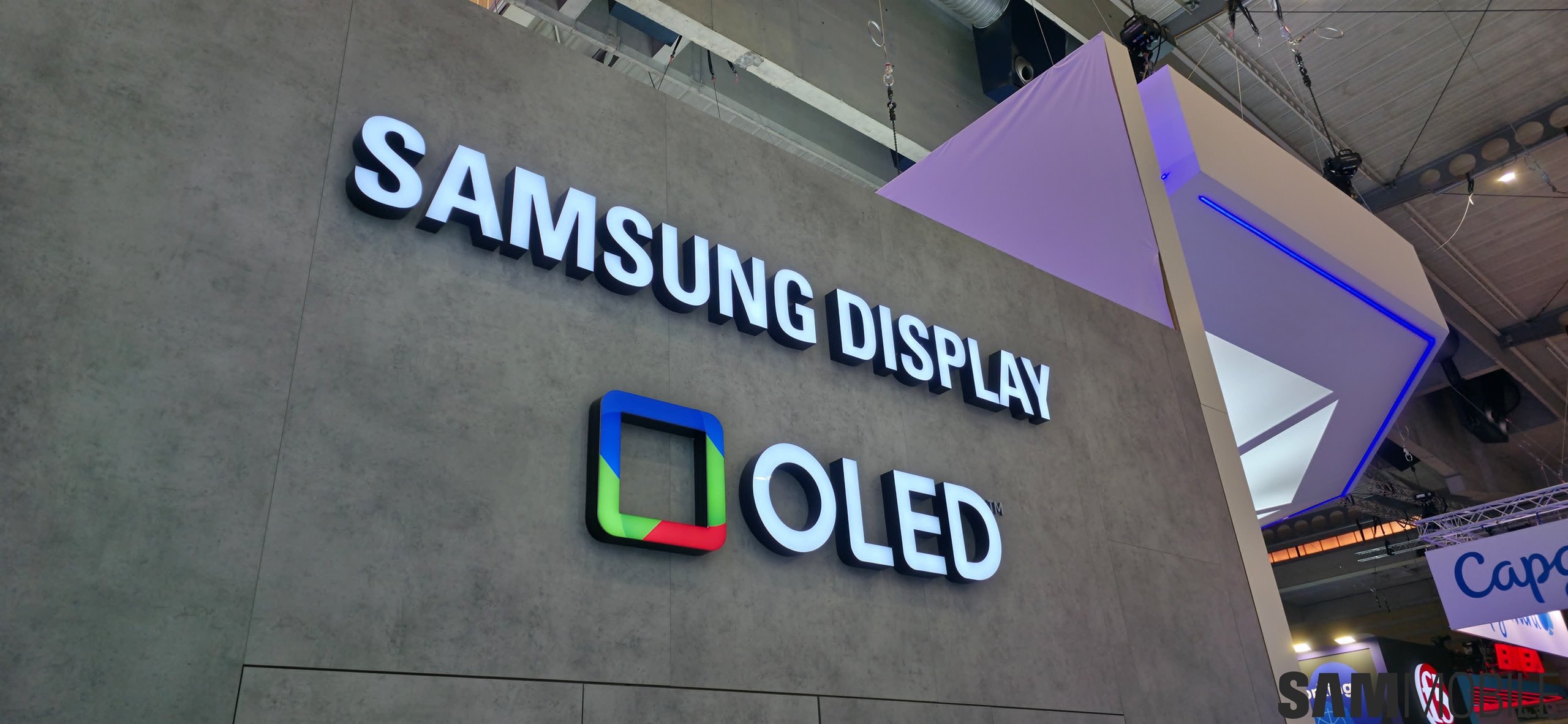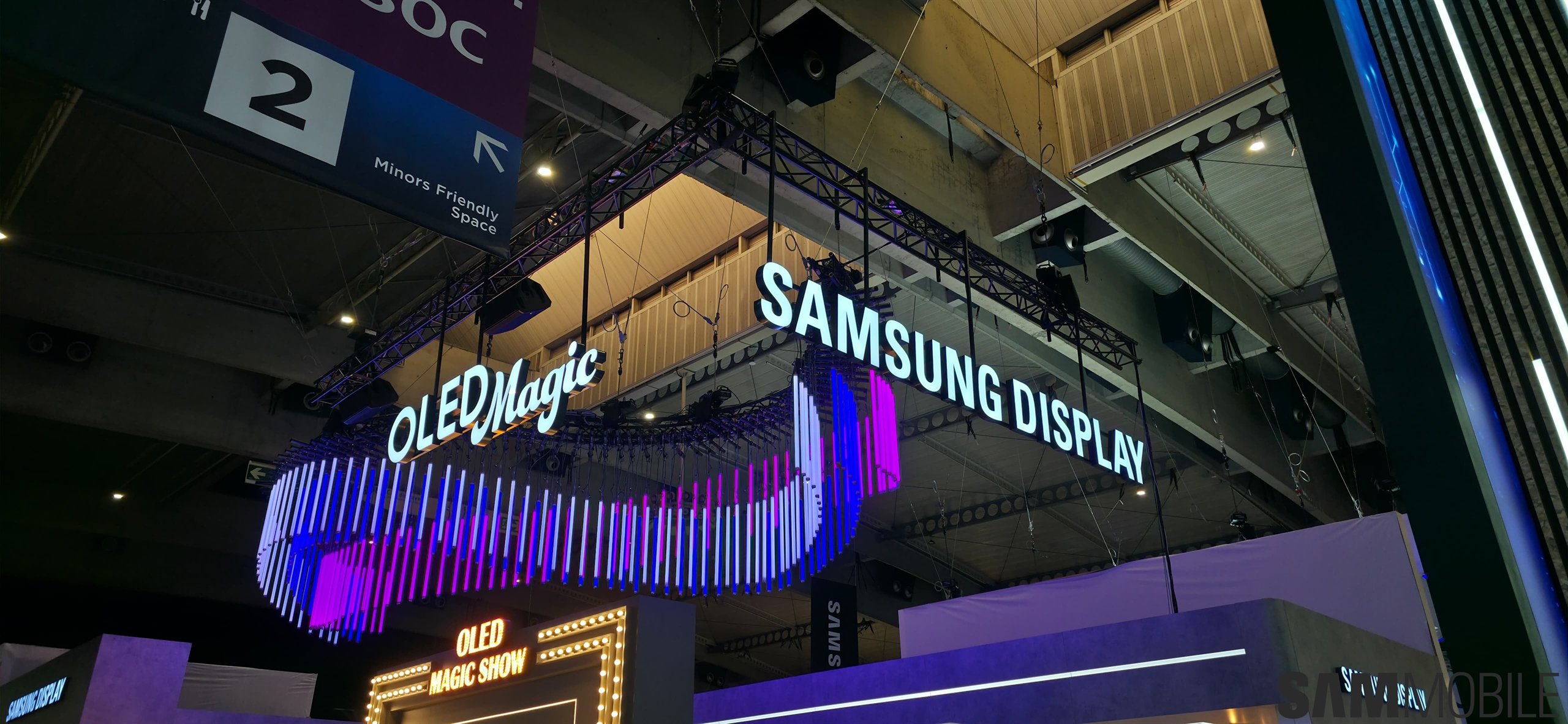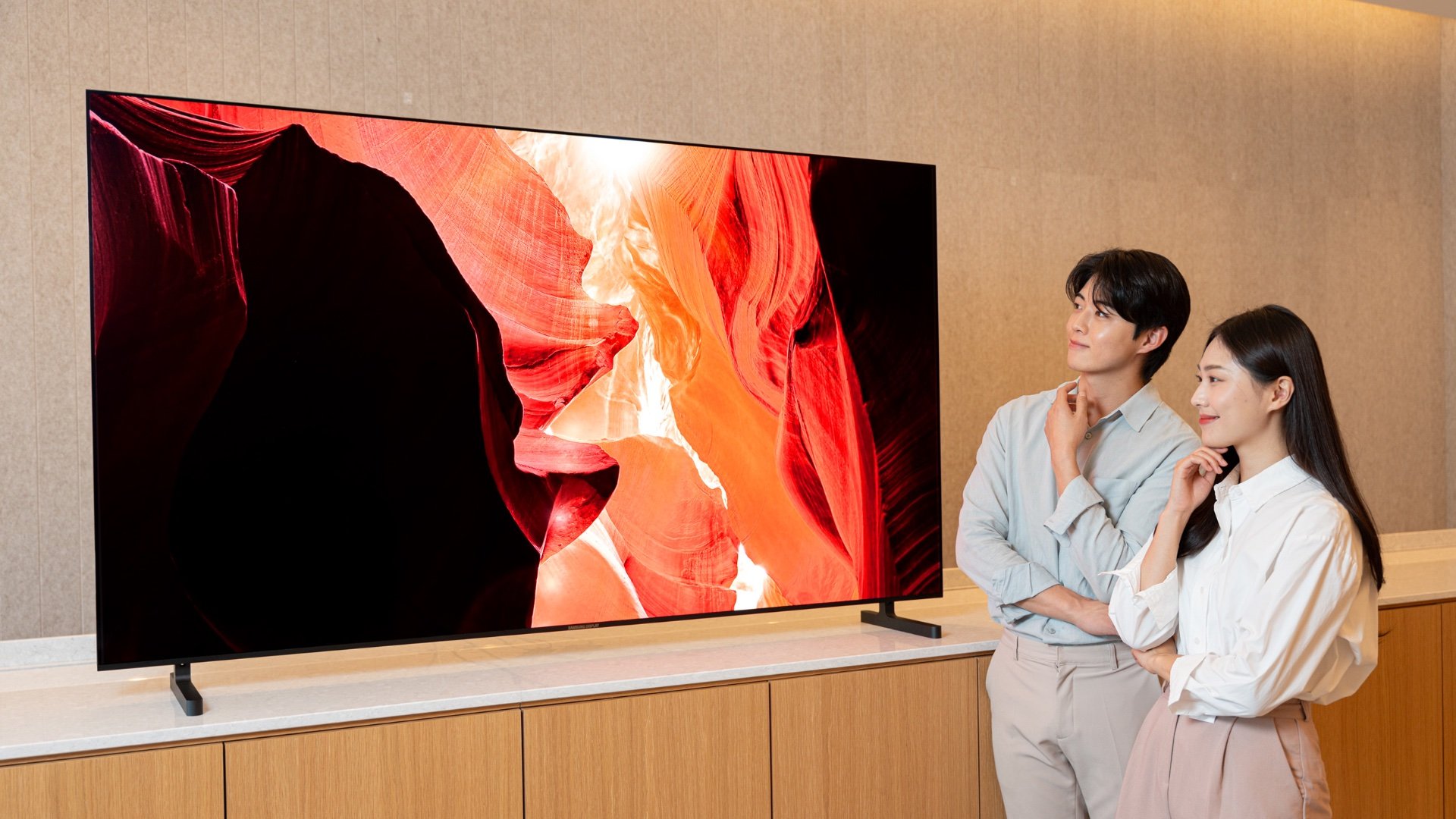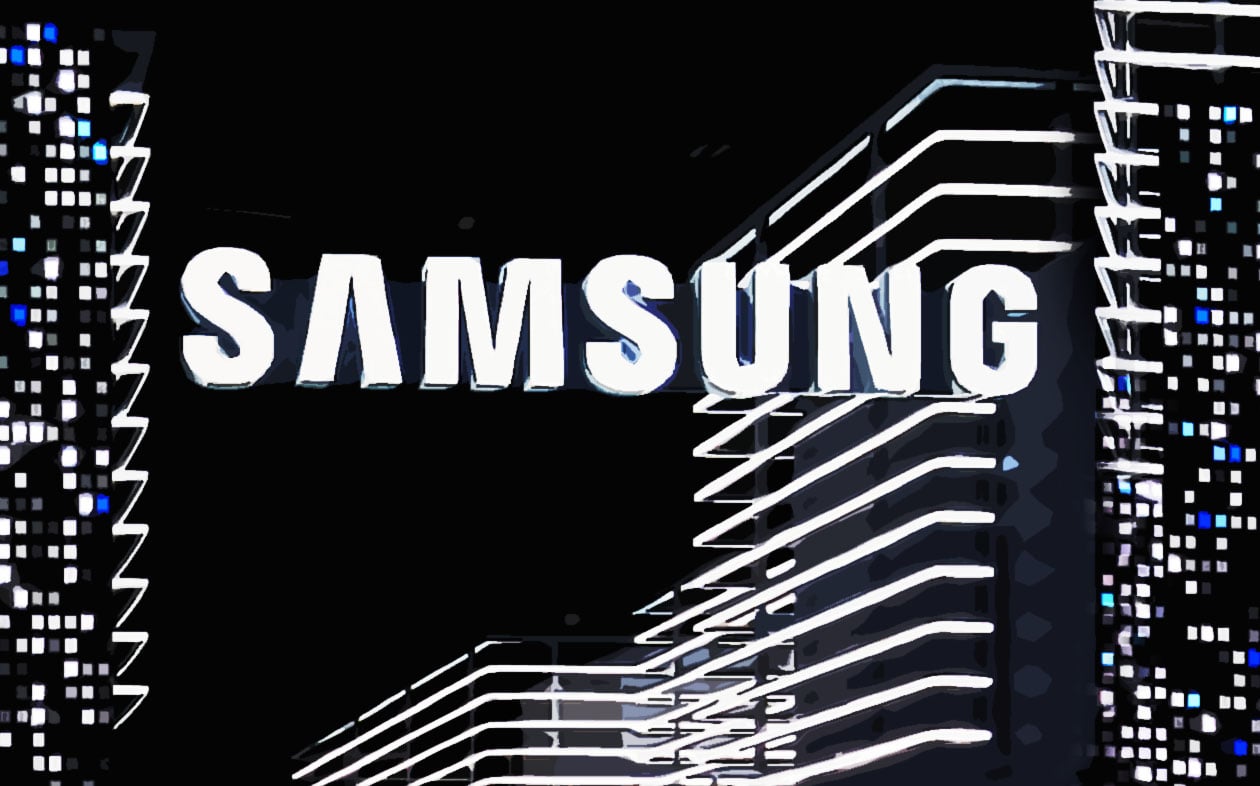
The other detained party is a director of a display equipment manufacturer Samsung partnered with in the past. The full extent of their role in the ordeal remains unclear as they are only being charged with failure to protect sensitive technology leaks, which would imply they were somewhat more passive actors compared to the apprehended research duo.
South Korean media reports the case revolves around Samsung's pioneering use of inkjet printing as a method of OLED production. More specifically, Korean prosecutors believe the two researchers leaked process specifications Samsung Display experimented with in the second half of last year. Several high-ranking officials of the unnamed Chinese company subsidiary at the center of the tech theft allegations were also detained following investigatory proceedings.
The stolen tech could reduce OLED TV production costs by up to 20%
There are numerous reasons why inkjet printing has been touted as the future of OLED volume production for some time now, but the number one factor is the cost. Analyst estimates suggest a contemporary 65-inch 4K TV would be up to 20% cheaper to manufacture on an inkjet printing line compared to the so-called WOLED process in use today. Naturally, the economies of scale are at play here, and the returns get expontentially lower with smaller panel sizes. However, the process is still being improved and its potential survived years of R&D scrutiny.
Samsung, for its part, invested more than 10 billion won – the equivalent of $8.5 million – over the last three years in developing the printing specification that's at the center of the newly emerged controversy. Pioneering mass manufacture is one of the only ways in which the firm can remain competitive in the OLED market in face of growing rivalry with Chinese producers. Samsung Display is expected to implement inkjet printing techniques into its OLED production operations as early as October and is currently on course to become the first company to do so. Besides China, the same tech is presently also being researched in Japan and Taiwan.
This is hardly the first modern instance of Samsung tech theft allegations directed at Chinese companies. In fact, it's not even the first such case involving OLED technologies as it's only been two years since South Korea indicted 11 people over a similar matter.

